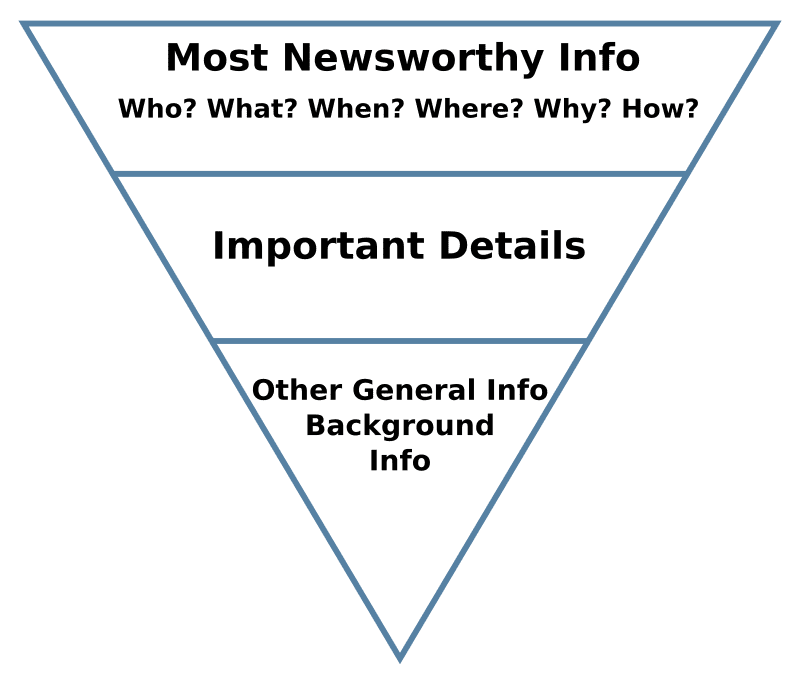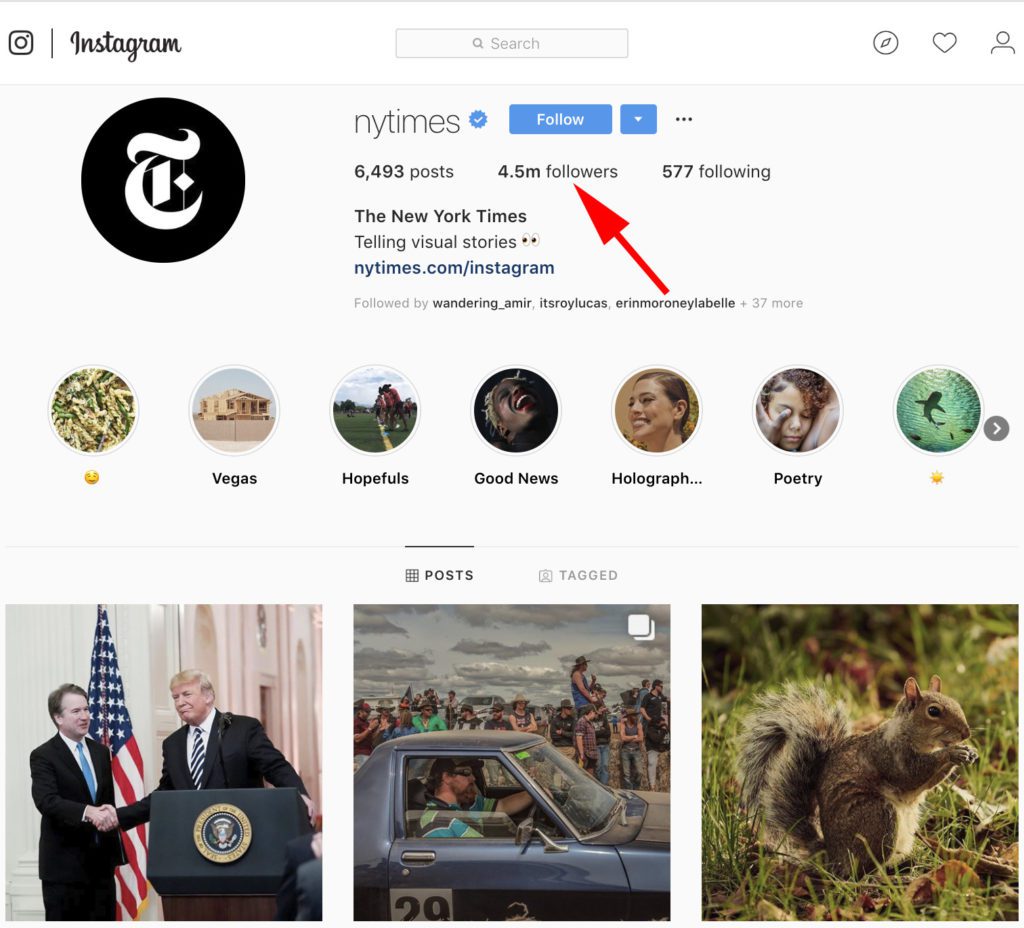Disclaimer: I have been researching how to do a better job of writing captions that are story-oriented and yet still journalistic. This is some of the research I have done. If you were to grade my caption writing at the moment, I think it is a passing grade at best. I hope what I have found helps not just you but me in the future to write better captions.
If you are to Google how to write a caption, you will find similar guidelines often based on the Associated Press model.
This is from the guidelines I got from Mark E. Johnson for teaching Intro to Photojournalism.
Good captions have five basic elements
Who?
What?
Where?
When?
Why?
The first sentence must have the first four items: who, what, where, and when. The second sentence explains why this photo is essential to the viewer. Quotes can be used in the second or third sentence if it helps advance understanding of the image.
All captions are written in AP style – names, titles, dates, locations, etc. – and in the present tense.
The standard comments on length are often like this:
Keep it brief: You do not need to summarize the entire story in the caption; it should supplement or complement the story. If the caption is as deep as the photo, it’s too long! Please keep captions to a couple of lines.
The caption must do more when you have just a photo and a caption that is not part of a story. It needs to tell the story.
Monetization is what is driving many of the changes in journalism today. One of the topics discussed more and more is your engagement score when it comes to analytics which helps you know if the audience is reading your stories.
As you can see from this chart, Instagram accounts for the highest number of actions by far of the four networks measured but the lowest number of posts. In part, Instagram’s higher engagement rates are due to the increased use of visuals and little, user-friendly response icons.
This means that right now, the best way to tell stories to an audience is through Instagram.
If you are a News Outlet wanting to leverage Social Media, according to THE ASSOCIATION OF MAGAZINE MEDIA, only Instagram will work.
So if you are working hard on a story and want the most eyes on it, then Instagram is one of the best mediums today.
I must be sincere and say that I was blown away by Brandon Stanton’s Humans of NY Instagram feed regarding how many followers he has acquired.
By the way, Brandon started by posting to Facebook and still does. He has 18 million followers on Facebook.
Here is a video of Brandon Stanton where he shares what he does to get stories of random people on the streets of NY and now the world. I am sharing this because many of the students I teach read my blog and teach people how to do storytelling. This is great for learning to meet people, take photos, and find their stories.
Stanton now has 8.2 million followers. This is a crazy number for sure. Stanton’s website www.humansofnewyork.com has 18 million followers. Be sure and see how Stanton writes his captions today.
To give you some context, his numbers are DOUBLE that of the New York Times. So Brandon Stanton is more significant in followers than the NYTimes. The New York Times has long been regarded as a national “newspaper of record.” So having a more substantial following than them is enormous. This is why I wanted to study what he does and how I can engage my audience better.
Brandon was doing this all through the caption.
I wanted to know how to write engaging journalistic captions that tell stories with my photos going forward.
Good Instagram captions come in all shapes and sizes, from short and sweet to more extended, in-depth stories (Instagram captions can be as long as 2200 characters), which is enough to tell a short story with a photo.
The idea here is you can also add more photos to this post, but you are still limited to 2200 characters.
Here are some tips I have come across in many places, so I think they are now common knowledge to many.

I think the general rule in social media is to use the inverted pyramid of writing style.
Another way to start in social media is the “anecdotal lead,” which begins the story with an eye-catching tale or anecdote rather than the central facts.
When I teach how to create a multimedia piece [which is video] for social media, we teach that the first 4 to 8 seconds you need to hook the audience. We often used something so different for those 4 to 8 seconds as a tease and would go to black to start the story.
You can still be journalistic in your writing, but you need to engage the reader with something that will keep them reading. I think you are writing in a more entertaining style but do not go so far as to lose the journalistic credibility.
One thing that differs with Instagram is that readers can comment, as long as you have that turned on for your posts. This has created something new for those writing captions—the call to action.
The simple act of including a call-to-action in your Instagram caption and inviting your audience to comment or engage can go a very long way in driving more engagement on your posts.
The idea is that you are creating a following. This is very similar to getting subscribers.
You should also consider turning your call-to-action into a question, using the 5 W’s (who, what, where, when, and why) to encourage your followers to comment!
Aside from the apparent tips on using proper grammar and spelling, brand voice is one of the essential parts of any good Instagram caption. Many journalists follow the AP Style Guide. Some organizations like NPR have their caption-style guide.
Hashtags
When adding hashtags to your Instagram caption, please don’t limit yourself to keeping them at the end! Integrating hashtags throughout your post adds dimension to your caption, and since hashtags are a different color on Instagram, the right hashtag can also highlight and contextualize your content.
The hashtags help organize and categorize photos and video content, which aids the process of content discovery and optimization.
For example, a sports blogger could post a picture of an action shot and then use the hashtags #actionphoto #actionphotography and #championship when uploaded to Instagram.
Instead of using the most popular Instagram hashtags, it’s better to use the top hashtags that have an engaging community and are specific to your audience.
So, how are you supposed to find these cool, creative, and community-oriented hashtags? The best way is to look and see what Instagram hashtags your audience, competitors, and industry leaders are already using.
One last tip about #Hashtags keeps them to 5 or less. That might change, but the algorithms Instagram uses to put your post higher in feeds will ding you if there are too many right now.
What about legit Journalism on Instagram?
You may be very interested in how prominent news outlets are writing stories to accompany their photos on Instagram. I know I was very interested.
Here are some mainline media Instagram feeds.
Today I believe one of the best places for photojournalists to publish the stories they want to tell is on Instagram. To do so, these journalists will have to change how they write their captions.
I hope this helps you think of how to engage your audience with the 5 Ws and limit this to 2200 characters.
Here are some photojournalists worth following on Instagram.
An American photojournalist, Lynsey, takes us through the raw nooks and corners of the world with her photographs, building a visually pleasureful experience for us to witness the world through her eyes.
Documenting the ongoing mayhem in Syria, Kashi, a photojournalist, filmmaker, and lecturer, through his Instagram, portrays the world of Syrian refugees, oozing emotions and getting us up, close, and personal with their misery amongst the others.
As his bio reads ‘Stories not selfies,’ this storyteller has embarked on a journey to take us along with the naked world, putting out the beauties and flawless imperfections through these photographs.
Overwhelmed with emotions, hues, and drama, Olson has his perspective on the world and puts it across through spectacular visuals.
Because impacting lives matters, Gary helps organizations tell their stories visually. He has covered humanitarian stories in more than 70 countries worldwide, assisting groups in creating awareness, expressing their vision, and building their community. You can trust him to bring an honest, photojournalistic approach to your commercial, corporate, editorial, or non-profit assignments.








